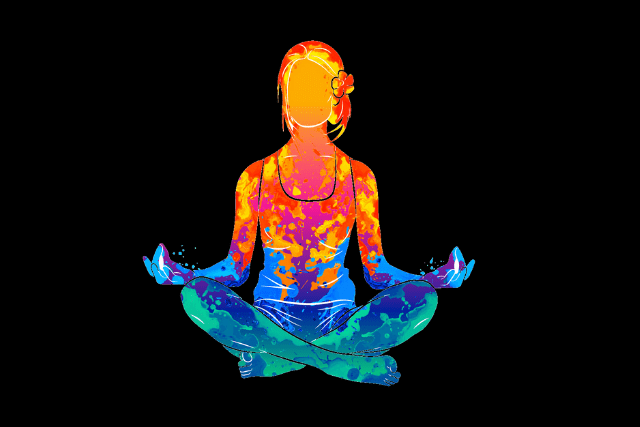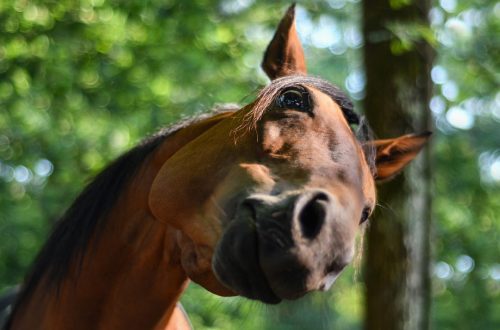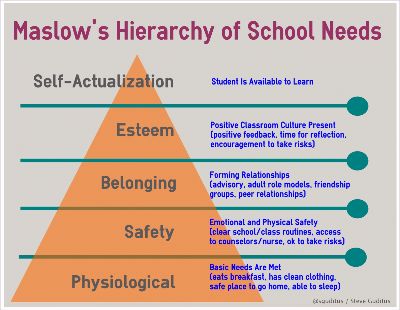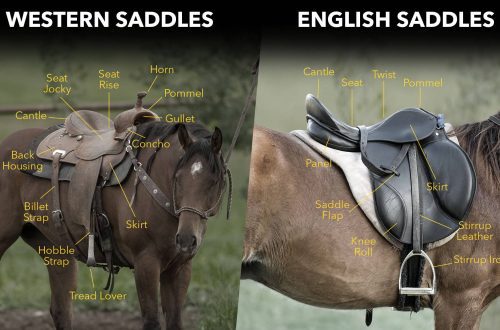
Hear your body!
Hear your body!
It is an axiom that correct seating is the basis of good horse management. A rider who does not have the correct seat cannot properly influence the horse.
Many riders ask themselves questions that sometimes they cannot even get an answer from trainers:
Why does my horse always take one direction when I ride?
Why does my horse sometimes struggle with even the simplest of commands?
Why is my horse always significantly stiffer on one side than the other?
We can get the answer to 90% of these questions on our own, based on our own observations and feelings while driving. Usually we focus so much on the work of the horse that we completely forget about ourselves. But it is our body, or rather, our ability to control it, that has a huge impact on the quality of the horse’s movements, its balance, conductivity, contact. If our position deteriorates, we cannot correctly convey the meaning of the command given to the horse, the horse is lost and confused.
Incorrect seating and, consequently, incorrect use of controls, negatively affect the general physical condition of both the rider and the horse. Did you know that even the slightest tightness caused by spasm in the rider’s pelvis and lower back upsets the balance of his entire body?
Most riders know that the correct distribution of body weight in the saddle is of particular importance: it forces the horse into alignment. When a rider sits crooked, shifting more weight to one side or the other, their pelvis puts more pressure on that side. As a result, the horse either twists the body, or perceives the movements of the rider as a command to move sideways. When you sit upright, your pelvis is also level in the saddle, keeping your seat stable and helping to improve the quality of your messages and their clarity to the horse.
When a rider works for a long time, controlling his landing, the horse develops a clear system of interaction with him, he does not get confused, but remembers the necessary clear and identical messages. If the rider’s posture is unbalanced, then it is difficult for the horse to understand him, even when he is offered to execute the simplest command (for example, to turn), because each time he essentially hears different messages, and a clear mechanism is not developed in his brain, a response to the standard rider’s set of movements – there is no standard!
Within the framework of this article, I would like to pay special attention to the factors that affect our landing. factors that we are exposed to in everyday life outside of riding.
Most people work in a sedentary job, spending most of their time in a chair behind a monitor. We also spend our evenings sitting in front of the TV. Many get to training only on weekends or a couple of times a week on weekdays. Our bodies are endowed with a unique ability to adapt and compensate. And when you spend time hunched over at your computer, the compensation process kicks in. Our nervous system is constantly transmitting signals from the brain to every organ and back. To make this transmission more efficient, our body shortens certain sections of the “path” to reduce the distance. The problem arises when the brain decides to “contract” certain muscles in a sedentary rider. The brain stops seeing the need to develop those muscles that we do not use most of the time. They are not considered essential. The muscles of the buttocks and thighs are especially susceptible to this effect. We sit – they do not work, as a result, the brain “removes” these muscles from the list of vital ones and sends fewer signals there. These muscles don’t atrophy, of course, but you’ll feel the results of your lifestyle the moment you get on your horse.
So what can we do to help ourselves?
The easiest way is to start moving.
Try to get up and move at least a little every 10-15 minutes. Go for the right document, go to the next office, instead of just calling or writing to a colleague. These small “step reprises” will give a wonderful result over time. Our body is designed to move. Stagnation causes a lot of problems that are very difficult to solve if left unchecked. Keep in mind that your horse is your reflection. If your muscles are tight and not elastic, then the horse will not be able to relax. Your body plays a key role in controlling your horse. By working on improving the posture and controlling it, you will get the horse to interact perfectly with you.
Valeria Smirnova (based on materials from the site http://www.horseanswerstoday.com)





